golang 通道中值无重复的特性
来源:stackoverflow
2024-02-11 11:48:24
0浏览
收藏
小伙伴们有没有觉得学习Golang很有意思?有意思就对了!今天就给大家带来《golang 通道中值无重复的特性》,以下内容将会涉及到,若是在学习中对其中部分知识点有疑问,或许看了本文就能帮到你!
问题内容
物联网设备上正在运行的应用程序可以从云接收命令。命令被推送到队列中
var queue chan time.time
物联网设备上的工作人员处理队列。
worker的工作是将一段时间内的数据发送回云端,通道上的时间就是该段时间的开始时间。物联网设备采用移动网络连接,因此有时数据会丢失并且永远不会到达云端。云还不确定它发送的命令是否到达物联网设备,并且可能会不耐烦并重新发送命令。
我想确保如果原始命令仍在队列中,则无法将相同的命令推送到队列中。有办法做到这一点吗?
func addToQueue(periodStart time.Time) error {
if alreadyOnQueue(queue, periodStart) {
return errors.New("periodStart was already on the queue, not adding it again")
}
queue <- periodStart
return nil
}
func alreadyOnQueue(queue chan time.Time, t time.Time) bool {
return false // todo
}
正确答案
我创建了一个解决方案,可通过 https://github.com/munnik/uniqueue/ 获取
package uniqueue
import (
"errors"
"sync"
)
// UQ is a uniqueue queue. It guarantees that a value is only once in the queue. The queue is thread safe.
// The unique constraint can be temporarily disabled to add multiple instances of the same value to the queue.
type UQ[T comparable] struct {
back chan T
queue chan T
front chan T
constraints map[T]*constraint
mu sync.Mutex
AutoRemoveConstraint bool // if true, the constraint will be removed when the value is popped from the queue.
}
type constraint struct {
count uint // number of elements in the queue
disabled bool
}
func NewUQ[T comparable](size uint) *UQ[T] {
u := &UQ[T]{
back: make(chan T),
queue: make(chan T, size),
front: make(chan T),
constraints: map[T]*constraint{},
}
go u.linkChannels()
return u
}
// Get the back of the queue, this channel can be used to write values to.
func (u *UQ[T]) Back() chan<- T {
return u.back
}
// Get the front of the queue, this channel can be used to read values from.
func (u *UQ[T]) Front() <-chan T {
return u.front
}
// Ignores the constraint for a value v once, when the value is added to the queue again, the constraint is enabled again.
func (u *UQ[T]) IgnoreConstraintFor(v T) {
u.mu.Lock()
defer u.mu.Unlock()
if _, ok := u.constraints[v]; !ok {
u.constraints[v] = &constraint{}
}
u.constraints[v].disabled = true
}
// Manually add a constraint to the queue, only use in special cases when you want to prevent certain values to enter the queue.
func (u *UQ[T]) AddConstraint(v T) error {
u.mu.Lock()
defer u.mu.Unlock()
if _, ok := u.constraints[v]; !ok {
u.constraints[v] = &constraint{
count: 1,
disabled: false,
}
return nil
} else {
if u.constraints[v].disabled {
u.constraints[v].count += 1
u.constraints[v].disabled = false
return nil
}
}
return errors.New("Already existing constraint prevents adding new constraint")
}
// Manually remove a constraint from the queue, this needs to be called when AutoRemoveConstraint is set to false. Useful when you want to remove the constraint only when a worker using the queue is finished processing the value.
func (u *UQ[T]) RemoveConstraint(v T) {
u.mu.Lock()
defer u.mu.Unlock()
if _, ok := u.constraints[v]; ok {
u.constraints[v].count -= 1
if u.constraints[v].count == 0 {
delete(u.constraints, v)
}
}
}
func (u *UQ[T]) linkChannels() {
wg := &sync.WaitGroup{}
wg.Add(2)
go u.shiftToFront(wg)
go u.readFromBack(wg)
wg.Wait()
}
func (u *UQ[T]) shiftToFront(wg *sync.WaitGroup) {
for v := range u.queue {
u.front <- v
if u.AutoRemoveConstraint {
u.RemoveConstraint(v)
}
}
close(u.front)
wg.Done()
}
func (u *UQ[T]) readFromBack(wg *sync.WaitGroup) {
for v := range u.back {
if err := u.AddConstraint(v); err == nil {
u.queue <- v
}
}
close(u.queue)
wg.Done()
}
今天带大家了解了的相关知识,希望对你有所帮助;关于Golang的技术知识我们会一点点深入介绍,欢迎大家关注golang学习网公众号,一起学习编程~
版本声明
本文转载于:stackoverflow 如有侵犯,请联系study_golang@163.com删除
 异步通信框架:Go/Python 桥
异步通信框架:Go/Python 桥
- 上一篇
- 异步通信框架:Go/Python 桥
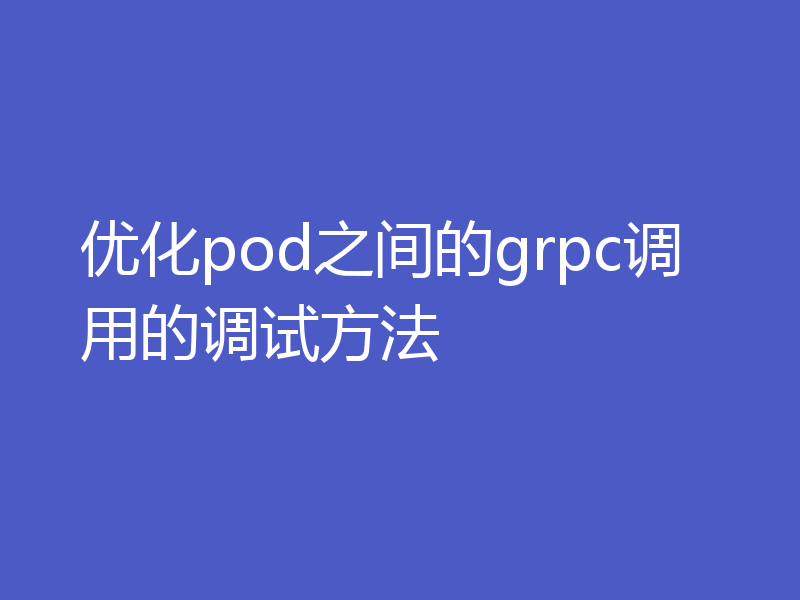
- 下一篇
- 优化pod之间的grpc调用的调试方法
查看更多
最新文章
-

- Golang · Go问答 | 1年前 |
- 在读取缓冲通道中的内容之前退出
- 139浏览 收藏
-
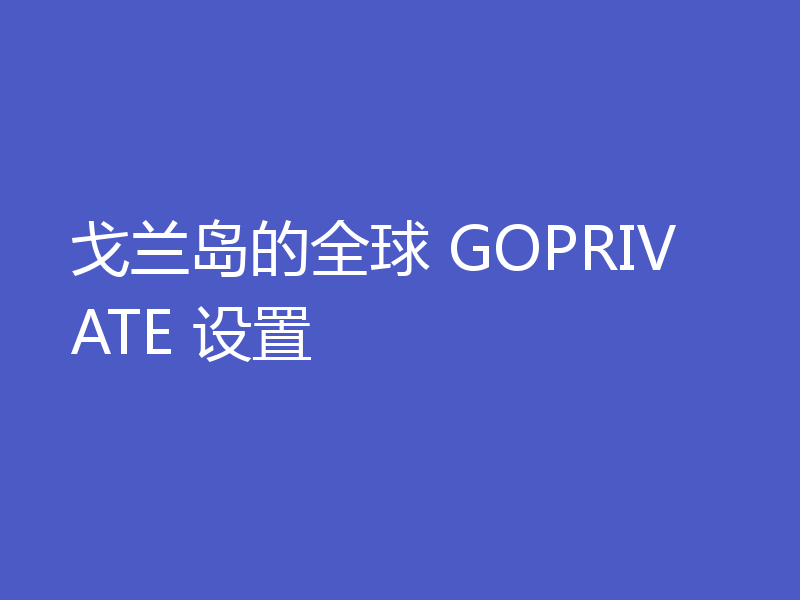
- Golang · Go问答 | 1年前 |
- 戈兰岛的全球 GOPRIVATE 设置
- 204浏览 收藏
-
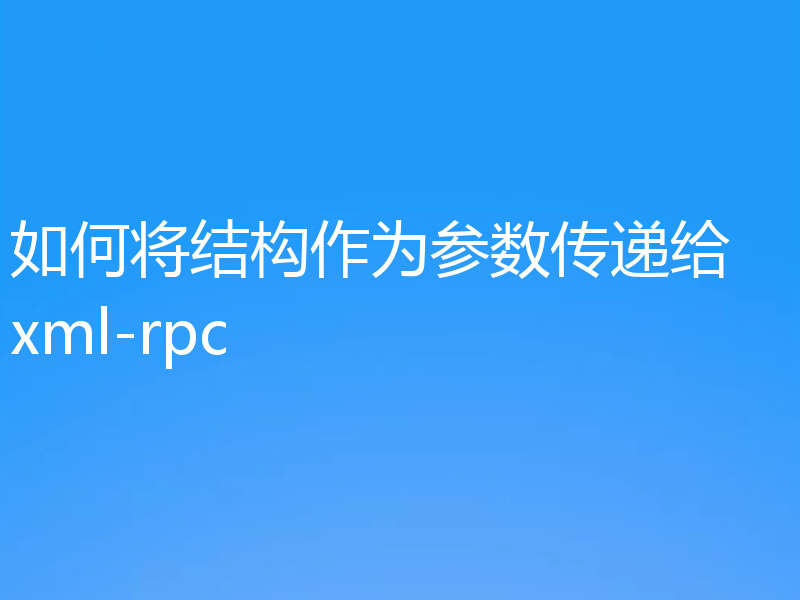
- Golang · Go问答 | 1年前 |
- 如何将结构作为参数传递给 xml-rpc
- 325浏览 收藏
-
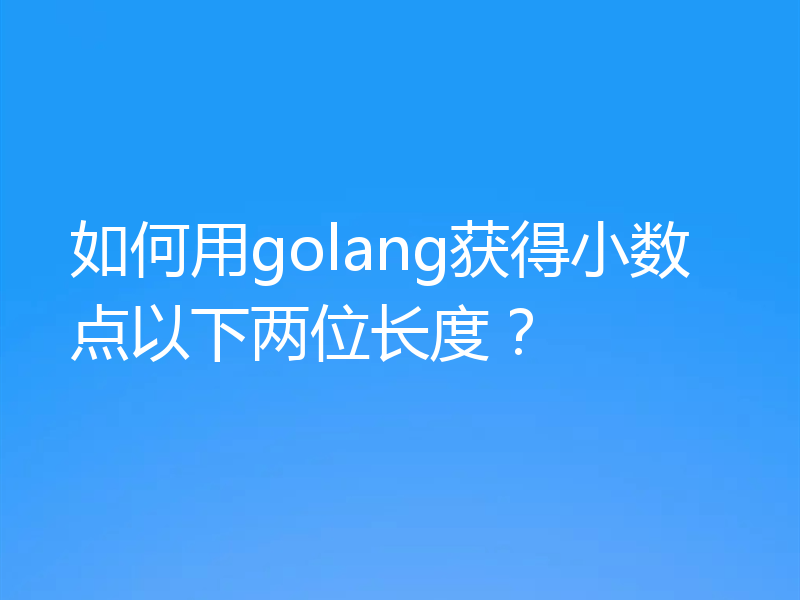
- Golang · Go问答 | 1年前 |
- 如何用golang获得小数点以下两位长度?
- 478浏览 收藏
-
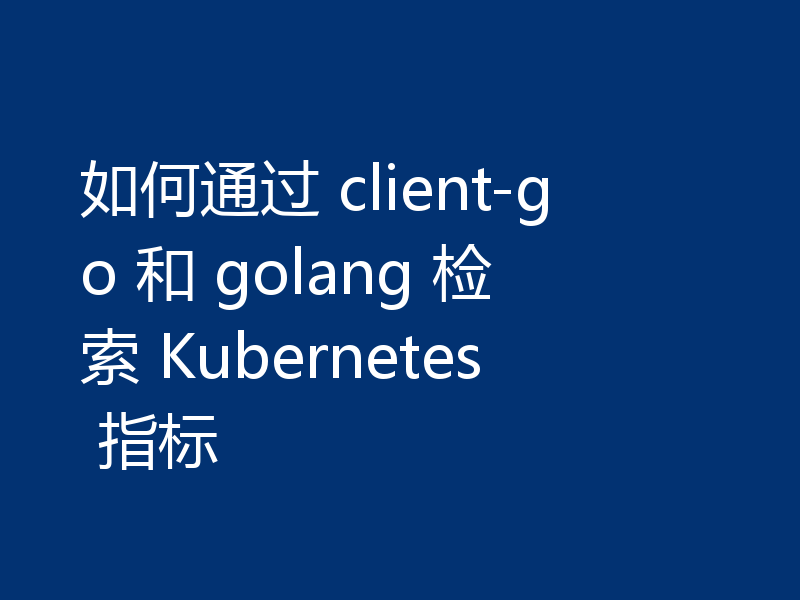
- Golang · Go问答 | 1年前 |
- 如何通过 client-go 和 golang 检索 Kubernetes 指标
- 486浏览 收藏
-

- Golang · Go问答 | 1年前 |
- 将多个“参数”映射到单个可变参数的习惯用法
- 439浏览 收藏
-
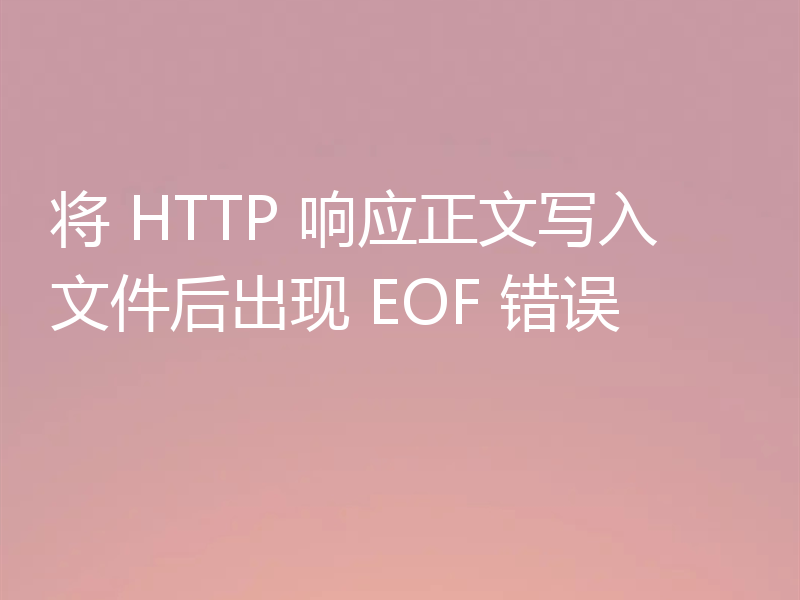
- Golang · Go问答 | 1年前 |
- 将 HTTP 响应正文写入文件后出现 EOF 错误
- 357浏览 收藏
-

- Golang · Go问答 | 1年前 |
- 结构中映射的匿名列表的“复合文字中缺少类型”
- 352浏览 收藏
-
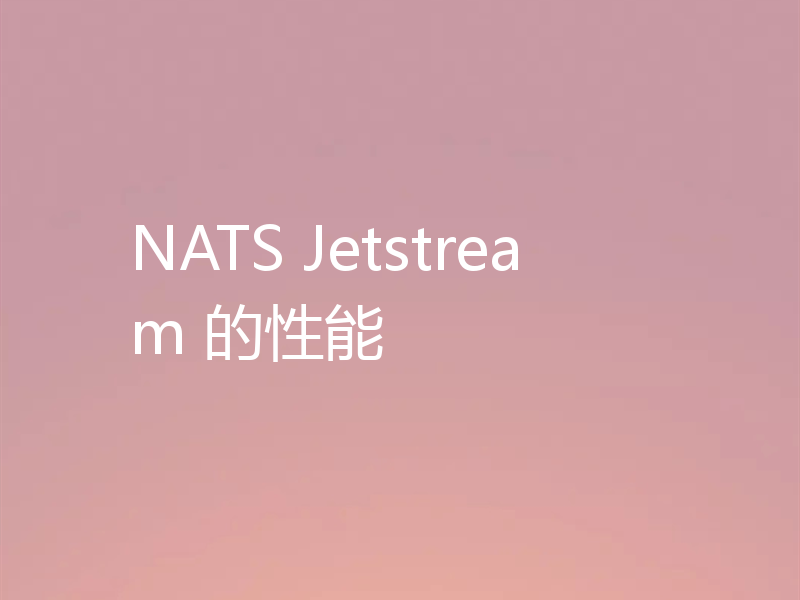
- Golang · Go问答 | 1年前 |
- NATS Jetstream 的性能
- 101浏览 收藏
-
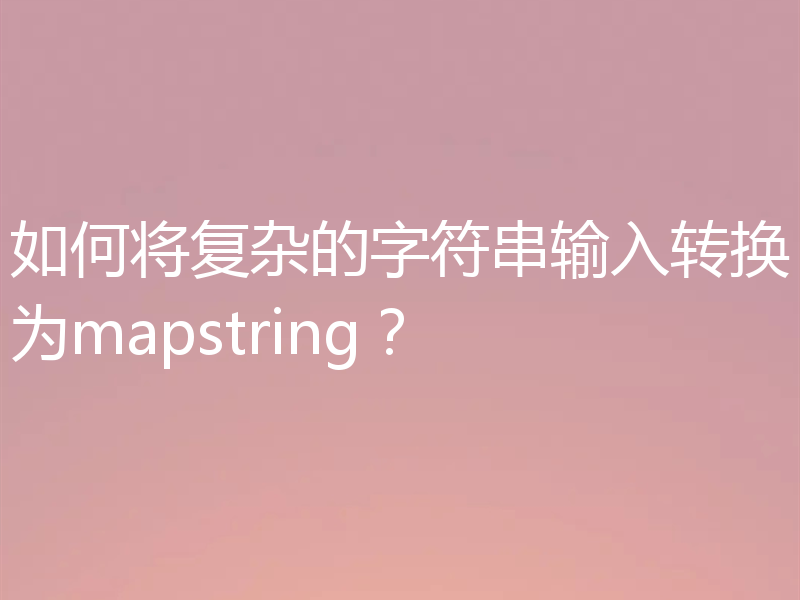
- Golang · Go问答 | 1年前 |
- 如何将复杂的字符串输入转换为mapstring?
- 440浏览 收藏
-
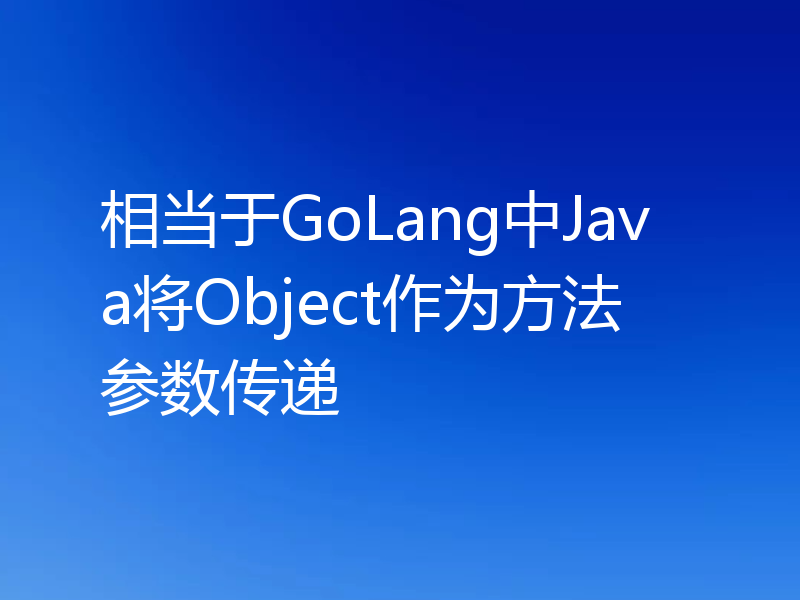
- Golang · Go问答 | 1年前 |
- 相当于GoLang中Java将Object作为方法参数传递
- 212浏览 收藏
-

- Golang · Go问答 | 1年前 |
- 如何确保所有 goroutine 在没有 time.Sleep 的情况下终止?
- 143浏览 收藏
查看更多
课程推荐
-

- 前端进阶之JavaScript设计模式
- 设计模式是开发人员在软件开发过程中面临一般问题时的解决方案,代表了最佳的实践。本课程的主打内容包括JS常见设计模式以及具体应用场景,打造一站式知识长龙服务,适合有JS基础的同学学习。
- 543次学习
-

- GO语言核心编程课程
- 本课程采用真实案例,全面具体可落地,从理论到实践,一步一步将GO核心编程技术、编程思想、底层实现融会贯通,使学习者贴近时代脉搏,做IT互联网时代的弄潮儿。
- 514次学习
-

- 简单聊聊mysql8与网络通信
- 如有问题加微信:Le-studyg;在课程中,我们将首先介绍MySQL8的新特性,包括性能优化、安全增强、新数据类型等,帮助学生快速熟悉MySQL8的最新功能。接着,我们将深入解析MySQL的网络通信机制,包括协议、连接管理、数据传输等,让
- 499次学习
-

- JavaScript正则表达式基础与实战
- 在任何一门编程语言中,正则表达式,都是一项重要的知识,它提供了高效的字符串匹配与捕获机制,可以极大的简化程序设计。
- 487次学习
-

- 从零制作响应式网站—Grid布局
- 本系列教程将展示从零制作一个假想的网络科技公司官网,分为导航,轮播,关于我们,成功案例,服务流程,团队介绍,数据部分,公司动态,底部信息等内容区块。网站整体采用CSSGrid布局,支持响应式,有流畅过渡和展现动画。
- 484次学习
查看更多
AI推荐
-

- AI Mermaid流程图
- SEO AI Mermaid 流程图工具:基于 Mermaid 语法,AI 辅助,自然语言生成流程图,提升可视化创作效率,适用于开发者、产品经理、教育工作者。
- 747次使用
-
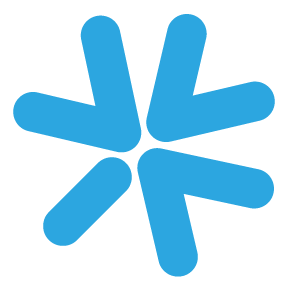
- 搜获客【笔记生成器】
- 搜获客笔记生成器,国内首个聚焦小红书医美垂类的AI文案工具。1500万爆款文案库,行业专属算法,助您高效创作合规、引流的医美笔记,提升运营效率,引爆小红书流量!
- 762次使用
-

- iTerms
- iTerms是一款专业的一站式法律AI工作台,提供AI合同审查、AI合同起草及AI法律问答服务。通过智能问答、深度思考与联网检索,助您高效检索法律法规与司法判例,告别传统模板,实现合同一键起草与在线编辑,大幅提升法律事务处理效率。
- 780次使用
-
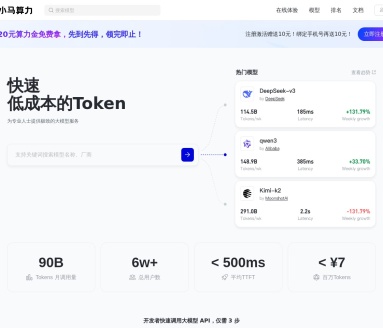
- TokenPony
- TokenPony是讯盟科技旗下的AI大模型聚合API平台。通过统一接口接入DeepSeek、Kimi、Qwen等主流模型,支持1024K超长上下文,实现零配置、免部署、极速响应与高性价比的AI应用开发,助力专业用户轻松构建智能服务。
- 845次使用
-

- 迅捷AIPPT
- 迅捷AIPPT是一款高效AI智能PPT生成软件,一键智能生成精美演示文稿。内置海量专业模板、多样风格,支持自定义大纲,助您轻松制作高质量PPT,大幅节省时间。
- 734次使用
查看更多
相关文章
-
- GoLand调式动态执行代码
- 2023-01-13 502浏览
-
- 用Nginx反向代理部署go写的网站。
- 2023-01-17 502浏览
-
- Golang取得代码运行时间的问题
- 2023-02-24 501浏览
-
- 请问 go 代码如何实现在代码改动后不需要Ctrl+c,然后重新 go run *.go 文件?
- 2023-01-08 501浏览
-
- 如何从同一个 io.Reader 读取多次
- 2023-04-11 501浏览



